The piston in the cylinder head of a locomotive has a stroke (twice the amplitude) of 6.0m. If the piston moves with simple harmonic motion with an angular frequency of 200radmin, what is its maximum speed ?
5ms−1
10ms−1
15ms−1
20ms−1
The correct Answer is:B
To solve the problem, we will follow these steps:
Step 1: Determine the amplitude of the motion
The stroke of the piston is given as 6.0 m, and it is stated that the stroke is twice the amplitude. Therefore, we can calculate the amplitude (A) as follows:
A=Stroke2=6.0m2=3.0m
Step 2: Convert angular frequency to radians per second
The angular frequency (ω) is given as 200 rad/min. To convert this to radians per second, we use the conversion factor of 60 seconds in a minute:
ω=200rad/min×1min60s=20060rad/s≈3.33rad/s
Step 3: Calculate the maximum speed
The maximum speed (V_max) in simple harmonic motion is given by the formula:
Vmax=A⋅ω
Substituting the values we have:
Vmax=3.0m×20060rad/s=3.0m×3.33rad/s≈10.0m/s
Final Answer
Thus, the maximum speed of the piston is:
Vmax=10.0m/s
The stroke of the piston is given as 6.0 m, and it is stated that the stroke is twice the amplitude. Therefore, we can calculate the amplitude (A) as follows:
The angular frequency (ω) is given as 200 rad/min. To convert this to radians per second, we use the conversion factor of 60 seconds in a minute:
The maximum speed (V_max) in simple harmonic motion is given by the formula:
Thus, the maximum speed of the piston is:
Topper's Solved these Questions
- OSCILLATIONS BOOK - NCERT FINGERTPS ENGLISHCHAPTER - OSCILLATIONS EXERCISE - Higher Order Thinking Skills
8 Videos
- OSCILLATIONS BOOK - NCERT FINGERTPS ENGLISHCHAPTER - OSCILLATIONS EXERCISE - Exemplar Problems
9 Videos
- MOTION IN A STRAIGHT LINEBOOK - NCERT FINGERTPS ENGLISHCHAPTER - MOTION IN A STRAIGHT LINEEXERCISE - NCERT Exemplar
6 Videos
- PHYSICAL WORLDBOOK - NCERT FINGERTPS ENGLISHCHAPTER - PHYSICAL WORLDEXERCISE - Assertion And Reason
10 Videos
Similar Questions
The piston in the cylinder head of a locomotive has a stroke (twice the amplitude) of 1.0m. If the piston moves with simple harmonic motion with an angular frequency of 200rev/min., what is its maximum speed ?
View SolutionThe amplitude of a particle executing simple harmonic motion with a frequency of 60 Hz is 0.01 m. Determine the maximum value of the acceleration of the particle.
View Solution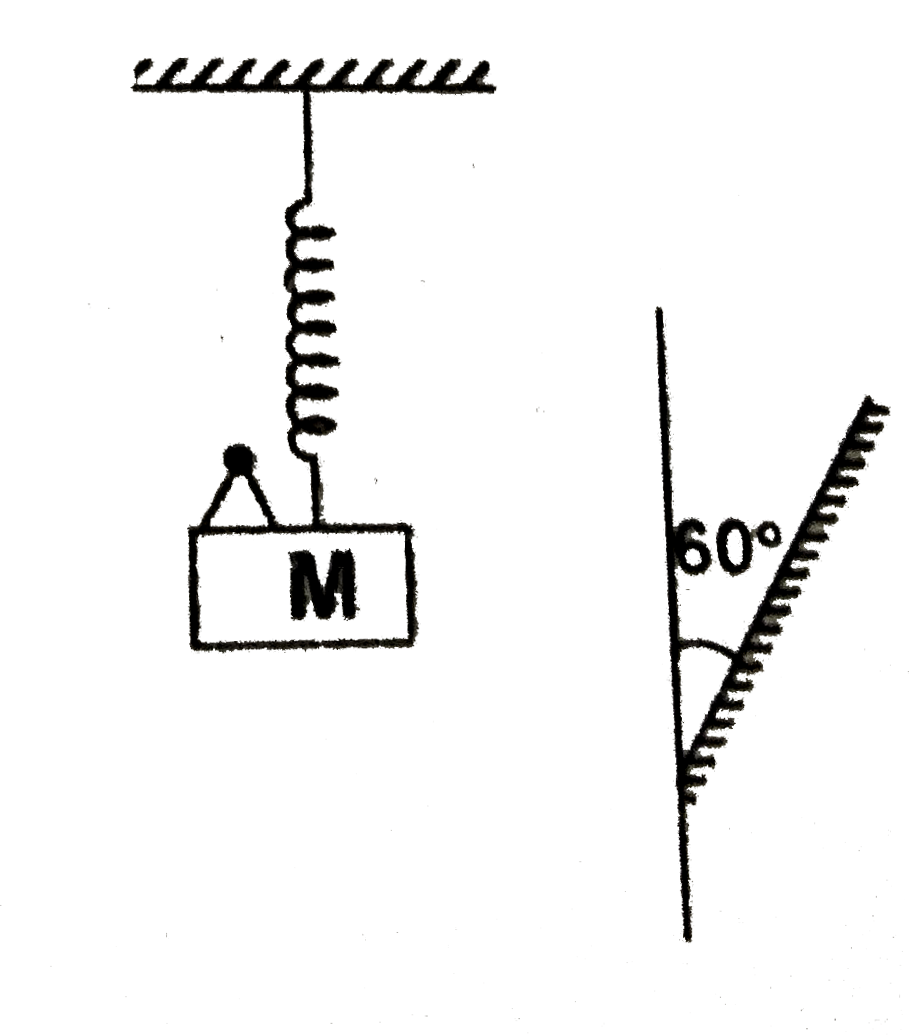
An insect of negligible mass is sitting on a block of mass M, tied with a spring of force constant k. the block performs simple harmonic motion with amplitude A in front of a plane mirror placed as shown in the figure the maximum speed of insect relative to its image will be
View SolutionAn insect of negligible mass is sitting on a block of mass M, tied with a spring of force cosntant k. The block performs simple harmonic motion with amplitude A in front of aplane mirror as shown, teh maximum speed of insect relative to its image will be
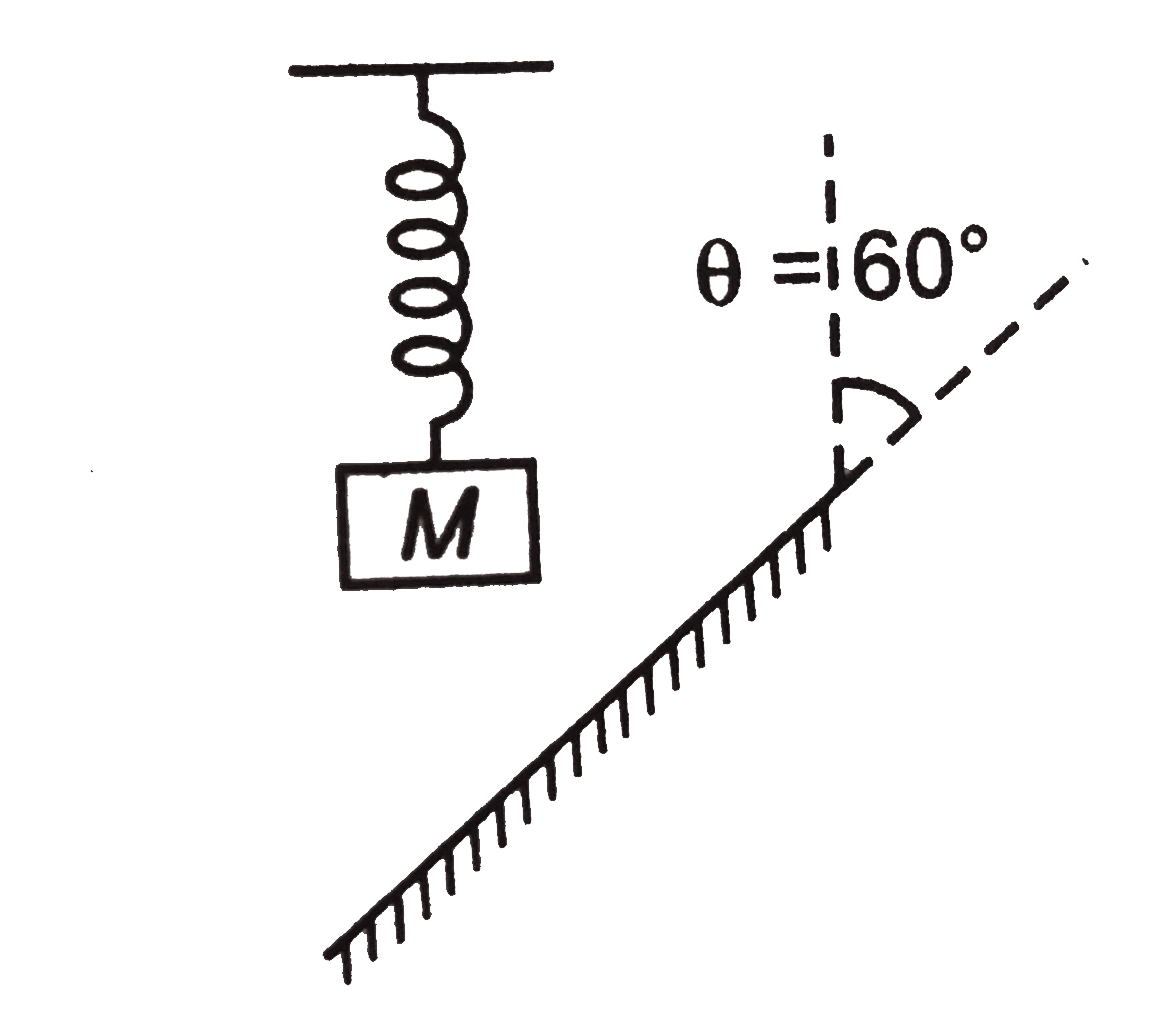
View SolutionThe equation of a damped simple harmonic motion is md2xdt2+bdxdt+kx=0. Then the angular frequency of oscillation is
View SolutionA small point mass m has a charge q, which is constrained to move inside a narrow frictionless cylinder, At the bae of the cylinder is point mass of charge Q having the same sign as q. If the mass m is displaced by a small amount from its equilibrium position and released. it will exhibit simple harmonic motion. Find the angular frequency of the mass?
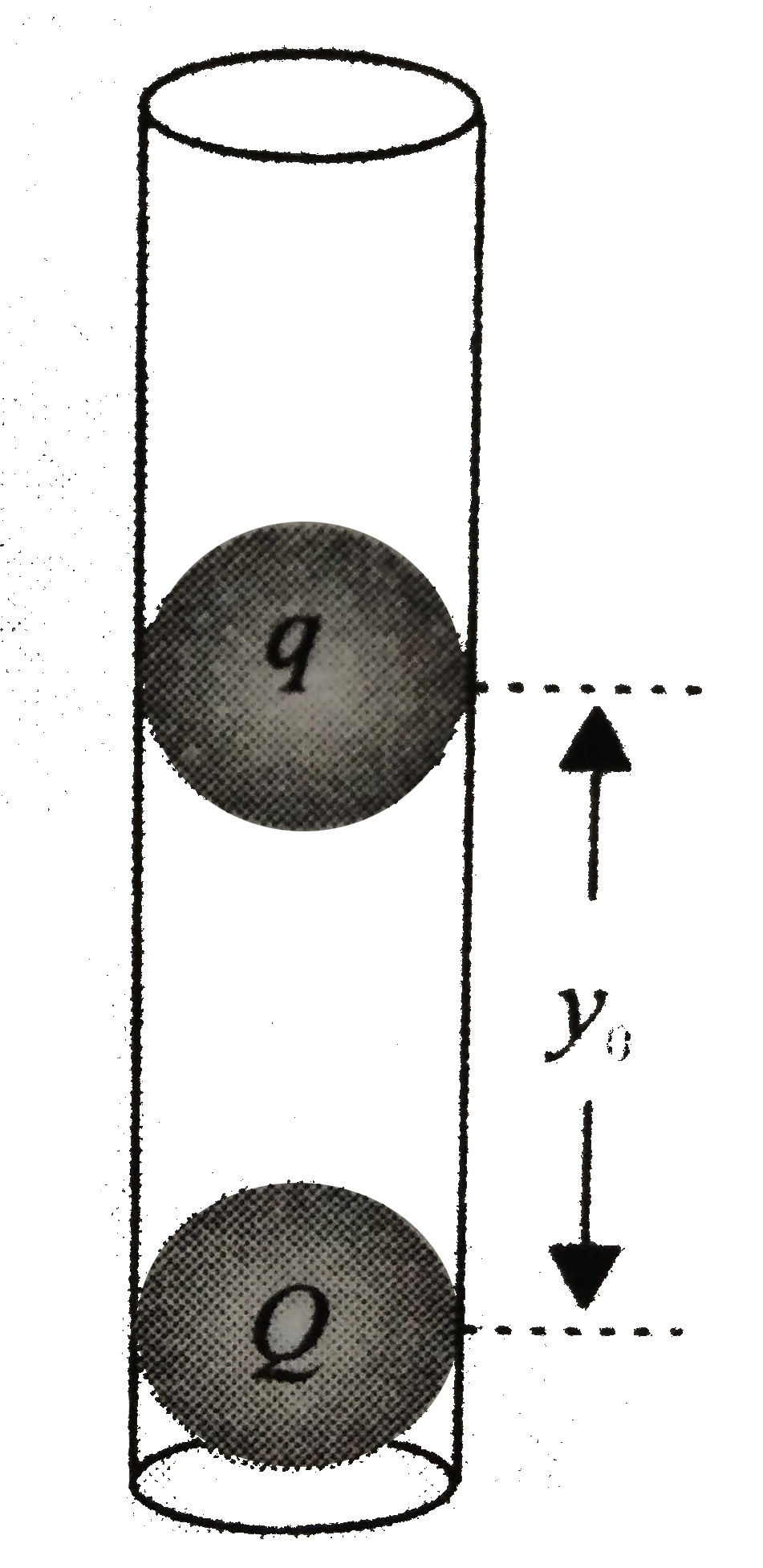
View SolutionAn insect of negligible mass is sitting on a block of mass M, tied with a spring of force constant K. The block performs simple harmonic motion with amplitude A infront of a plane mirror placed as shown. The maximum speed of insect relative to its image will be
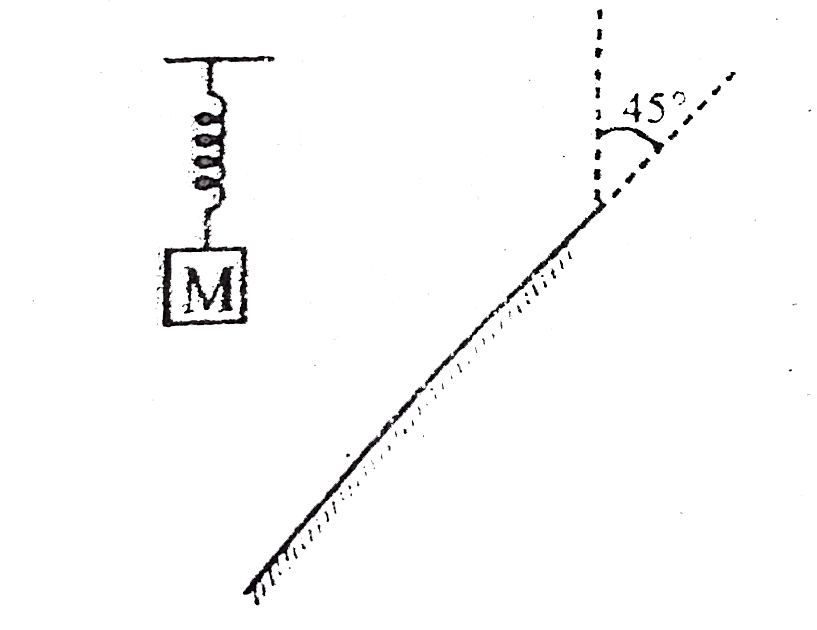
View SolutionIn an engine the piston undergoes vertical simple motion with amplitude7cm. A washer rests on top of the piston and moves with it. The motor speed is slowly increased. The frequency of the piston at which the washer no longer stays in contact with the piston, is close to :-
View SolutionTwo bodies of masses 1 kg and 4 kg are connected to a vertical spring, as shown in the figure. The smaller mass executes simple harmonic motion of angular frequency 25 rad s−1, and amplitude 1.6 cm while the bigger mass remains stationary on the ground. The maximum force exerted by the system on the floor is (take g=10ms−2).
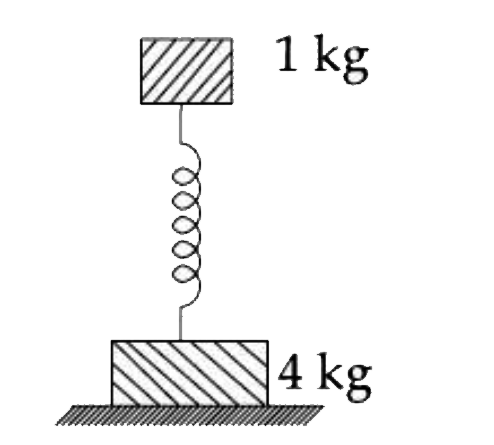
View SolutionA body is executing simple harmonic motion with an angular frequency 2 rad/s . The velocity of the body at 20 mm displacement, when the amplitude of motion is 60 mm is -
View Solution
